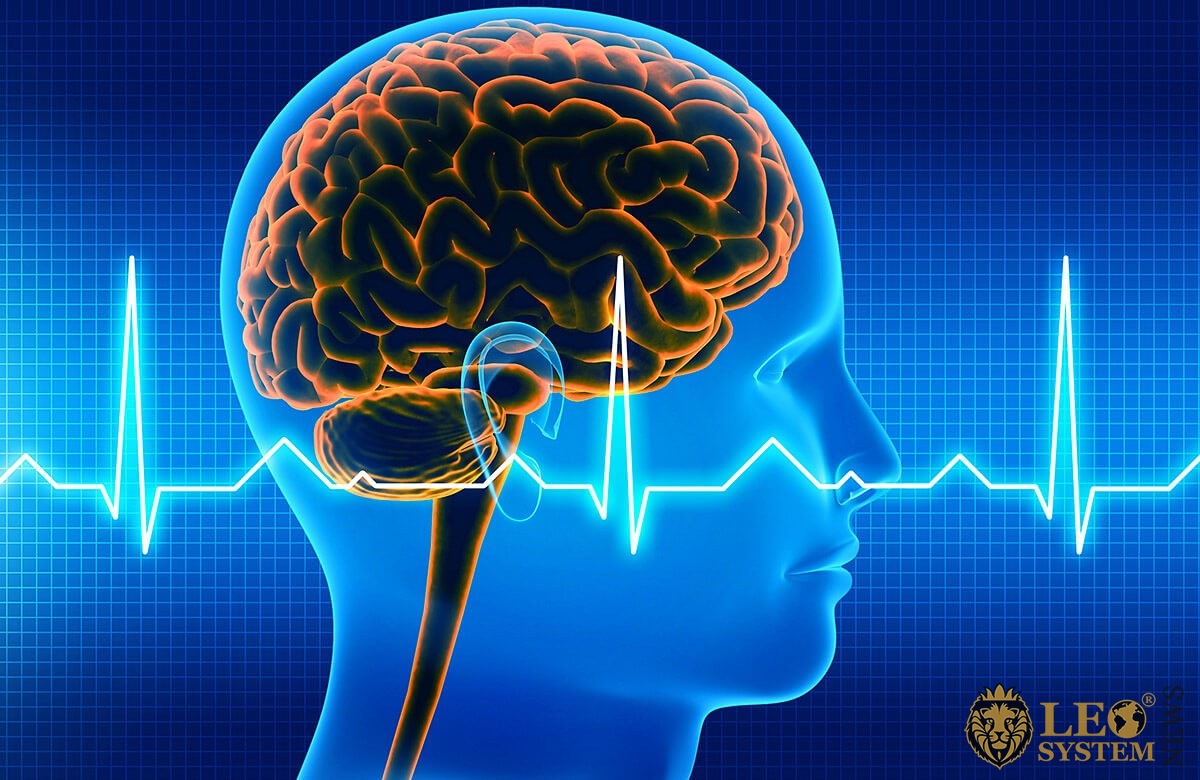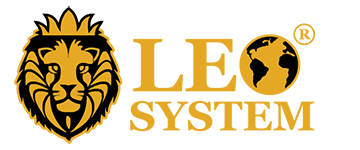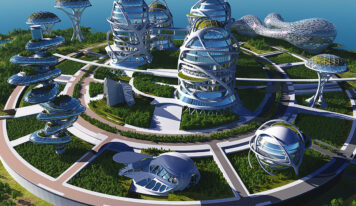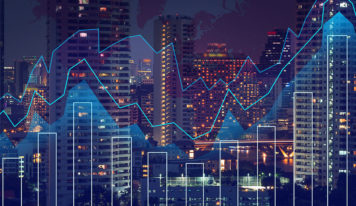What is Human Development?
The study of human development is the study of why the lifestyle of people from different backgrounds, environments, and geographic locations are dissimilar and why these lifestyles change of time. Before the recent changes, the United Nations simply used economic growth as a basis for calculating the development of countries. This leads to distortion from the truth.
Why Should We Care about Rankings in an Index?
The rankings demonstrate how much ability the citizens of a country have to change their life, to lead a long and healthy life, and to receive education and improve their lot.
History of Human Development.
The history of the study of human development goes back a long way. It is traced back to Aristotle, who pointed out that wealth was not an and to itself, but merely a tool to obtain something else.
Karl Marx and Adam Smith developed ideas further with their studies of human capabilities. Most recently, the modern concept of human development was formulated by Üner Kirdar, Mahbub ul Haq, and Amartya Sen. It is from their work that the Human Development Index was founded.
Aspects of Human Development.
When we mentally rank countries, we superficially think of wealth and military might. For many years before the HDI was formulated, that was how we regarded states and their status.
Now there is a much more accurate ranking that takes into account the development of the people’s education, lifespan, and income per capita. Aspects of life that have far more effect on people’s lives than how many pointed sticks (weapons) their country possesses.
Human Development Index.
The Human Development Index is an index (list of countries) where they are ranked by life expectancy, education, and income per capita. A composite score is calculated for these three aspects, and an index position is given.

The Index can provide a great deal of illumination and break down general perceptions about where countries stand regarding being a developed, developing, or underdeveloped country.
We have selected several countries to illustrate our point.
2020 Ranking (Based on 2019 data).
- Norway (same as 2019).
- Switzerland (same as 2019).
- Ireland (same as 2019).
- Germany (same as 2019).
- Hong Kong (up two places).
- Australia (down one place).
………………………………………………………..
- United Kingdom (same as 2019).
- United States (same as 2019).
- Japan (same as 2019).
- Russia (same as 2019).
- China (up one place).
- Ecuador (down one place).
……………………………………………………….
- Zimbabwe (up three places).
- Pakistan (down one place).
- Solomon Islands (down one place).
Earth Summits, Agenda 21, Sustainable Development Goals.
Having established the real situation of citizens in each country and ranked them accordingly, every ten years, the United Nations holds an “Earth Summit”. The idea is that states from the U.N. call experts and activists from around the globe to define and discuss the planet’s biggest problems. In doing so, they quantify these issues and suggest plans of action to tackle them.
This plan of action was christened “Agenda 21,” in 1992. The idea was to create a plan that would ensure humanity was still around in 2100. It was looked at again in 2015, and Sustainable Development Goals were set, and with the backing of the U.N. Resolution 70/1, they are designed to be achieved by 2030.
Sustainable Development Goals for 2030:
- No Poverty;
- Affordable Clean Energy;
- No Hunger;
- Gender Equality;
- Reducing Inequality;
- Good Health & Well-being;
- Life Below Water;
- Life on Land;
- Responsible Consumption and Production;
- Clean Water & Sanitation;
- Decent Work and Economic Growth;
- Quality Education;
- Industry, Innovation, and Infrastructure;
- Sustainable Cities & Communities;
- Climate Action;
- Peace, Justice, and Strong Institutions;
- Partnership for the Goals.
Looking at these goals, you can see the relevance of the Human Development Index in clarifying the existing positions.
These 17 goals have 169 targets, and each target has between one and three indicators, which can be utilized to help measure progress towards those targets. The total number of indicators set by the United Nations is 232.
The United Nations has been asked to provide easy to understand list targets, together with facts and figures.

There Follow Simple Descriptions of the 17 Goals:
Goal 1. No Poverty.
End all poverty (in all its forms) everywhere.
Goal 2. No Hunger.
Stop hunger, reach food security, get improved nutrition, promote sustainable agricultural techniques.
Goal 3. Good Health, Good well-being for Everyone.
Ensure everyone has healthy lives. Ensure well-being for all ages
Goal 4. Quality Education.
Ensure that quality education is equitable and inclusive. To promote life-long learning for all.
Goal 5. Equality of Genders.
Reach gender equality and empowerment of all women and girls.
Goal 6. Clean Water & Sanitation.
Ensure water and sanitation is available. Ensure it is sustainable.
Goal 7. Clean and Affordable Energy.
Assured energy: affordable, reliable, sustainable, and modern for everyone.
Goal 8. Decent Work, with Economic Growth.
Promote sustained and inclusive growth that is sustainable. Promote decent work for all.
Goal 9. Industry, Infrastructure, and Innovation.
Build an infrastructure that is resilient. Promote inclusive and sustainable industrialization. Foster innovation.
Goal 10. Reducing Inequalities.
Reduce inequality in income, within and among countries.
Goal 11. Sustainable Communities and Cities.
Make cities and other human settlements, safe, inclusive, durable, and resilient.
Goal 12. Responsible Production and Consumption.
Ensure that production and consumption patterns are sustainable.
Goal 13. Climate Action.
Take urgent action on the combat of climate change and its impacts. Do this by regulating emissions and promoting renewable energy developments.
Goal 14. Life Below Water.
Sustainable use and conserve the ocean, seas, and marine resources. For sustainable development.
Goal 15. Life on Land.
The promotion, restoration, and sustainable use of terrestrial ecosystems. Manage forests sustainable and combat desertification. Halt biodiversity loss and halt and reverse land degradation.
Goal 16. Peace and Justice through Strong Institutions.
Promote societies that are both peaceful and inclusive, for development that is stable and ensure access to justice for everyone. Build effective institutions that are accountable and inclusive at every level.
Goal 17. Partnership for the Goals.
Strengthen the means of implementing and revitalization of the global partnership on sustainable development.
Final Thought.
So, we have moved from observations by Plato in Ancient Greece to a Global organization that is working ceaselessly for Human well-being. A true Global evolution of human development.
The United Nations now has targeted, and measurable goals that if adhered to will make huge differences for the planet and the future of mankind. There seems a much more serious approach to human development since the Index came along to focus man’s attention on these global problems.
Also read the post: World Labor Market: Problems and Development Trends
































